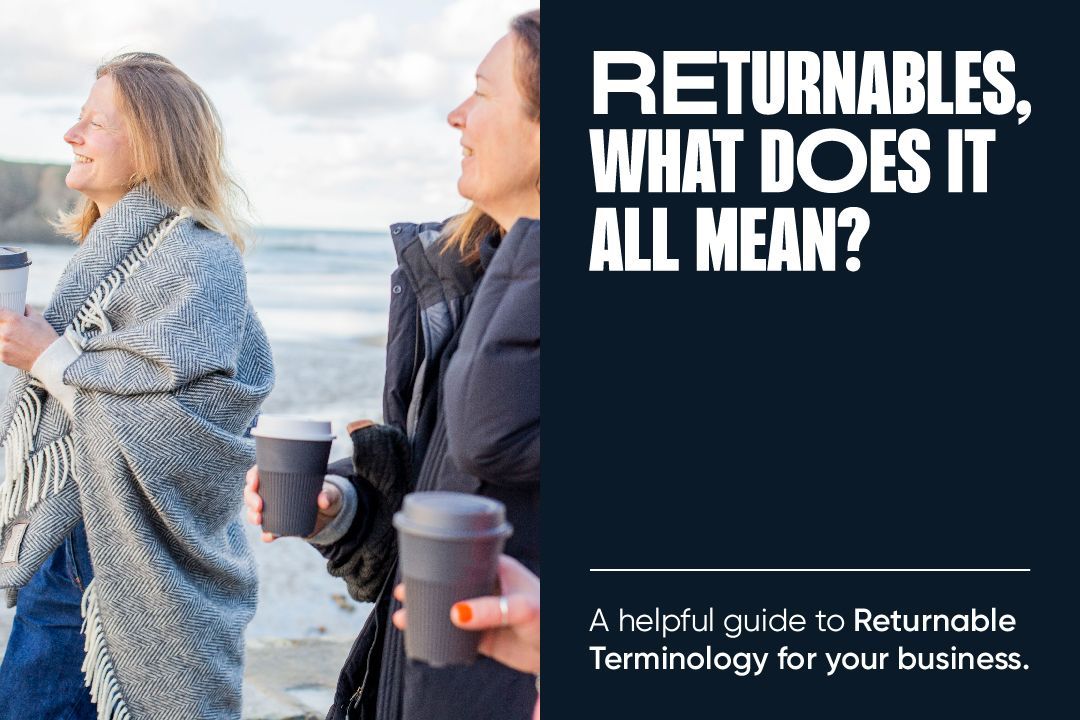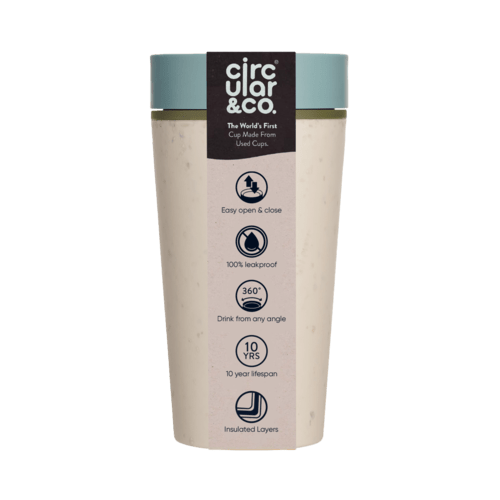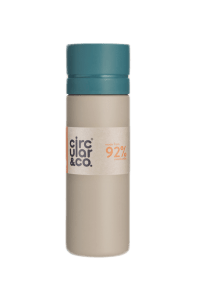A Glossary of Terms: Returnables
We believe that the future is returnable. We have a unique opportunity to replace the broken system of single-use with something profoundly different, and critically, better.
*This is not ours, it is for the collective. Feel free to get in touch so that it can grow, evolve and develop into something really robust.
We know we’re not alone, our partners and many other pioneers are working on creating a returnable future. We believe this is just the beginning. Collectively we know that the solution to many of the environmental problems we face can be found in adopting a returnable, circular system.
This is a step-change for society and part of its success will be the adoption of some key language, so that we all have a common vernacular*. That’s why we’ve put together this handy glossary of terms for you.
It may feel like you are back at school (you could even take a mid-morning milk break). But, to truly change things, we should all be open to re-learning what we think we already know.
That’s why you’re here, right?
Read on, changemaker…

-
A Returnable
A returnable is an item of food or drink packaging that is designed to be returned to a business for multiple re-use, eliminating the need for single-use packaging. The returnable is often owned by the business. -
A Reusable
A reusable item of food or drink packaging that is designed to be used repeatedly by the same customer, eliminating the need for single-use packaging. The reusable is often owned by the user. -
Returnable Packaging Scheme
A system designed to replace single-use packaging with reusable alternatives that are used, returned, cleaned and recirculated for reuse multiple times. Under this system, rather than using disposable packaging materials, companies use durable packaging which is designed specifically to be returned for re-use. -
Reuse
Repeatedly using an item of returnable packaging for the purpose of replacing single-use alternatives. -
Recyclability
How easily the materials in an item can be reconverted at the end of its useful lifespan within the ‘real world’. -
Durability
The ability of a product, component or material to remain functional and relevant when used as intended. Key to the success of any returnable packaging item is its ability to remain functional and usable for as long as possible. -
Citizens
Individual users of your returnable packaging scheme who represent a new way of thinking about ourselves as citizens rather than consumers. Citizens are more likely to engage in everyday participation and come together to make our society stronger. -
Leakage
Loss rates of items from a returnable packaging system. The loss rate refers to the number of reusable items either broken or lost or stolen from the system. -
Gamification
A method of driving behavioural change by using data capabilities and game mechanics to engage individuals, organisation and communities in sustainable change. -
Digital Deposit Return System (DDRS)
A digitally enhanced returnable packaging scheme where the user pays a deposit to loan an item of returnable packaging, which they are required to return in order to receive their deposit back. -
Penalty-based System
A returnable packaging scheme where the user is provided with an item of returnable packaging free of charge, and should they not return the item within a stated time period, they incur a financial penalty. -
Reward-based System
A returnable packaging scheme where the user is provided with an item of returnable packaging free of charge, and a reward is offered by the business on return of the packaging item. -
Token-based System
A simple to execute non-digital returnable packaging scheme whereby the deposit is paid at point of purchase and refunded using a button on the EPOS system, with the item of returnable packaging acting as the ‘fiscal token’. -
Smart Returnable
A Smart Returnable is one which is enabled through various tracking mechanisms such as RFID or NCF chips. This allows for digital tracking of the item and integration with mobile phone or web applications. -
RFID
Radio-frequency identification (RFID) is a technology that uses radio waves to identify and track objects or products. RFID tags consist of a small electronic chip and an antenna that are embedded or attached to an object, such as a product or a container. When an RFID reader sends out a radio signal, the RFID tag responds with a unique identifier, allowing the object to be identified and tracked.
RFID technology has a wide range of applications, including inventory management, supply chain tracking, and asset tracking. For example, RFID tags can be used to track products as they move through a supply chain, providing real-time visibility into their location and status. RFID can also be used for access control, security, and identification purposes -
NFC
NFC stands for Near Field Communication, which is a wireless communication technology that allows devices to exchange data when they are within close proximity to each other, typically within a few centimetres. NFC technology has many practical applications, including contactless payment systems, access control systems, and data transfer between devices. -
QR Code
A QR code or ‘quick response’ code, is a type of 2D barcode. They are square in shape and can contain up to 4,296 alphanumeric characters. QR codes
are recognised by most cameras on electronic devices (e.g. smartphone, tablet, etc). Users can thus usually scan a QR code directly from their phone camera,
without using a specialist app. -
Non-Porous Environment/Closed Environment
An enclosed environment where it is easy and simple to ensure that items of returnable packaging are collected and returned (eg an office or visitor attraction) -
Porous Environment/Open Environment
An open environment refers to the wider world, where users and, therefore, their returnable items travel away from the place where they received the returnable. Leading to a lower chance of recovery of the returnable. -
Sharing
The use of an item of returnable packaging by multiple citizens, a practice that helps retain the highest value in a product by extending its lifespan. -
MRF
A MRF, or Material Recovery Facility, is a specialized recycling facility that is designed to sort and process recyclable materials. MRFs typically receive mixed recyclable materials from a variety of sources, including municipal recycling programs, commercial and industrial waste streams, and post-consumer packaging waste. -
Return/Collection Points
Specific locations designated by businesses where consumers can safely return there returnable packaging to the system. It is often a simple return bin for non-digital return schemes, also often where they can redeem their deposit. Some retailers will host a reverse vending machine or, for small retailers, it might be a simple manual over-the counter return point. -
Reverse Vending Machine
A device that accepts used (empty) beverage containers in a deposit return scheme so that the consumer can redeem their deposit. -
Reverse Logistics
The supply chain dedicated to the collection, cleaning and re-distribution of returnable packaging.

